Cosmic Catastrophe: The Asteroid's Role In Dinosaur Extinction
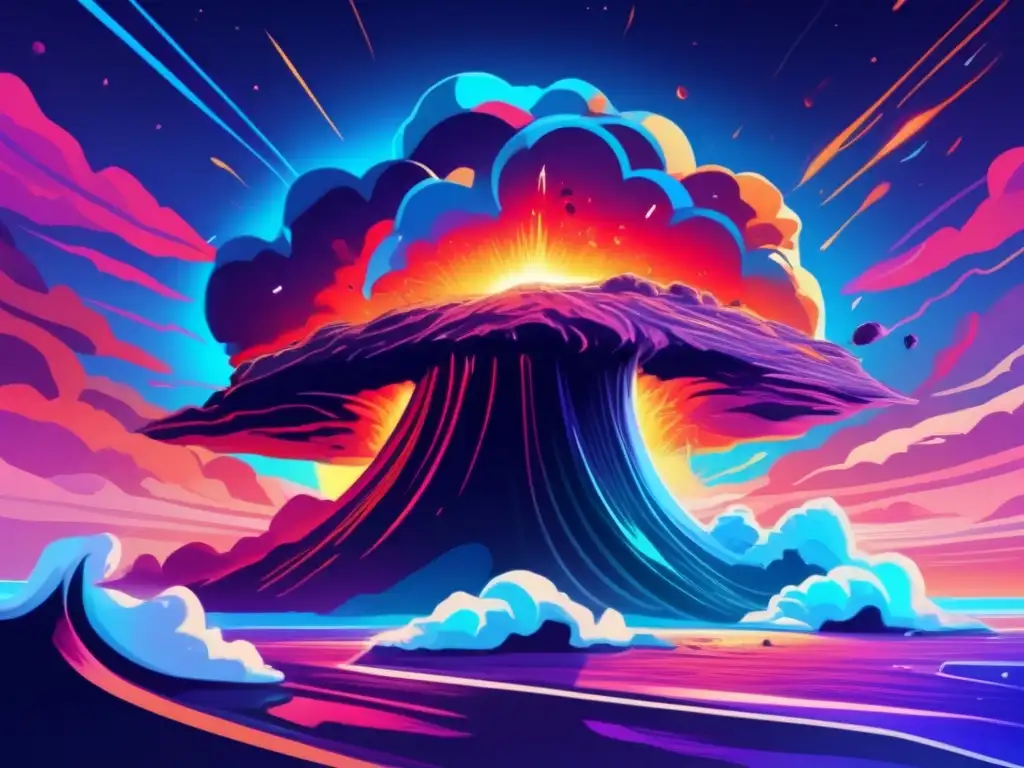
Introduction
The extinction of the dinosaurs is one of the most fascinating and mysterious events in Earth's history. For many years, scientists hypothesized about what caused the disappearance of these massive creatures. But in 1980, Luis Walter Alvarez, a Nobel Prize-winning physicist, proposed that a cosmic catastrophe was responsible for the extinction of the dinosaurs. According to Alvarez, an asteroid impact was the event that ended the long reign of the dinosaurs.
The Effect of the Impact
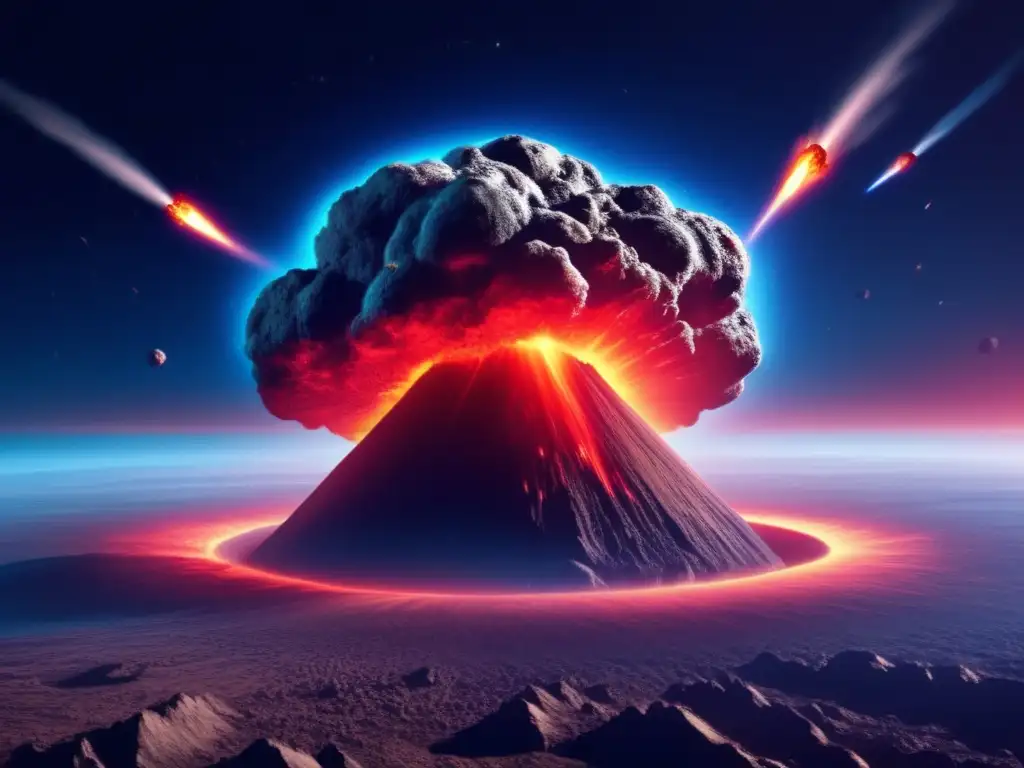
The Impact Crater
The asteroid that crashed into the Earth 66 million years ago created an enormous impact crater, which today is known as the Chicxulub crater. The impact was so powerful that it released an amount of energy equivalent to billions of atomic bombs. The impact created a massive shockwave that caused an earthquake measuring more than 10 on the Richter scale. It also triggered huge tsunamis that swept across the oceans and coastal areas, causing widespread devastation.
The Aftermath
After the impact, the Earth was plunged into darkness as the debris from the asteroid blocked out the sun's light. This lasted for several years, during which time the Earth's climate drastically changed, becoming colder and drier. As a result, many plants and animals, including the dinosaurs, were unable to survive and eventually became extinct.
The Evidence
There is now overwhelming evidence that an asteroid impact was responsible for the extinction of the dinosaurs. The Chicxulub crater in Mexico, which is more than 180 kilometers in diameter, is the most significant piece of evidence. In addition, scientists have found a layer of sediment that contains high concentrations of iridium, a metal that is rare on Earth but common in asteroids. This layer has been found all over the world and is consistent with the idea that an asteroid impact caused the extinction of the dinosaurs.
Impact on Life on Earth
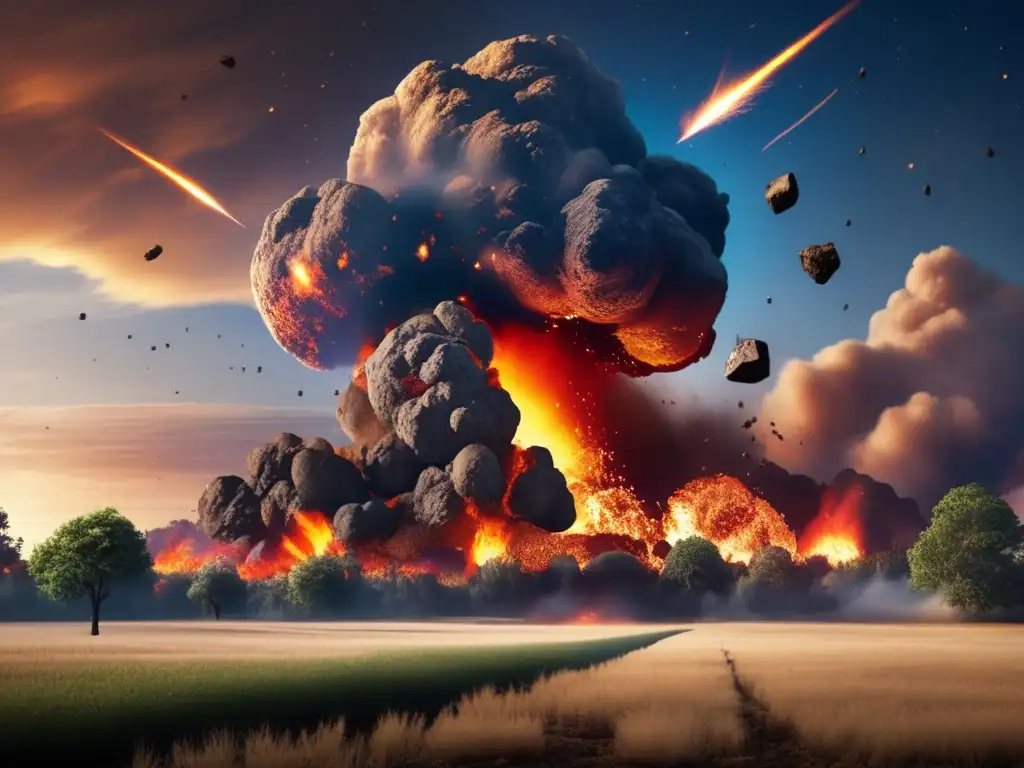
The Dinosaurs
The extinction of the dinosaurs had a profound effect on life on Earth. These massive creatures had dominated the planet for more than 160 million years, but they were suddenly wiped out. The extinction of the dinosaurs opened up new ecological niches, allowing mammals and birds to evolve and diversify. It also paved the way for the evolution of humans, who would not have been possible if the dinosaurs had not become extinct.
Other Life Forms
The asteroid impact had a significant impact on other life forms as well. Many marine and land animals, such as ammonites and pterosaurs, became extinct. However, some creatures, such as crocodiles and snakes, survived the extinction event and went on to flourish in the new environment.
The Paleocene-Eocene Thermal Maximum
The extinction of the dinosaurs was not the only major event that occurred during this period. About 10 million years after the asteroid impact, the Earth experienced another significant climate change event called the Paleocene-Eocene Thermal Maximum (PETM). During this period, the Earth's temperature increased by as much as 8 degrees Celsius, causing widespread extinction of marine and land animals. While the cause of this event is still uncertain, some evidence suggests that it may have been caused by another asteroid impact.
Relevance Today
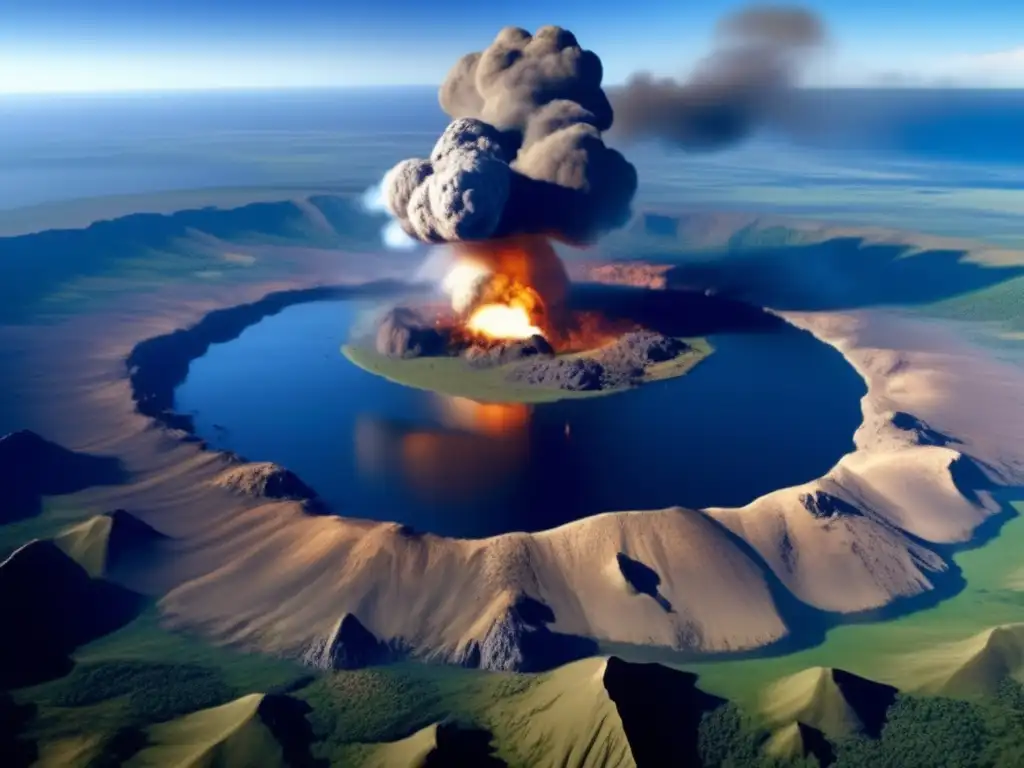
Current Asteroid Threats
While the asteroid that wiped out the dinosaurs was over 10 kilometers in diameter, smaller asteroids still pose a threat to Earth today. NASA and other space organizations are constantly monitoring asteroids that are in close proximity to Earth and developing plans to deflect them if necessary. The knowledge gained from the study of the Chicxulub crater is invaluable in helping scientists understand the potential effects of future asteroid impacts and how they can be mitigated.
Potential for Asteroid Mining
In addition to the threat posed by asteroids, there is also potential for them to be used as a resource. Some asteroids contain significant amounts of valuable minerals such as gold, platinum, and rare earth elements. With advances in technology, it may become possible to mine these asteroids and utilize their resources.
Frequently Asked Questions
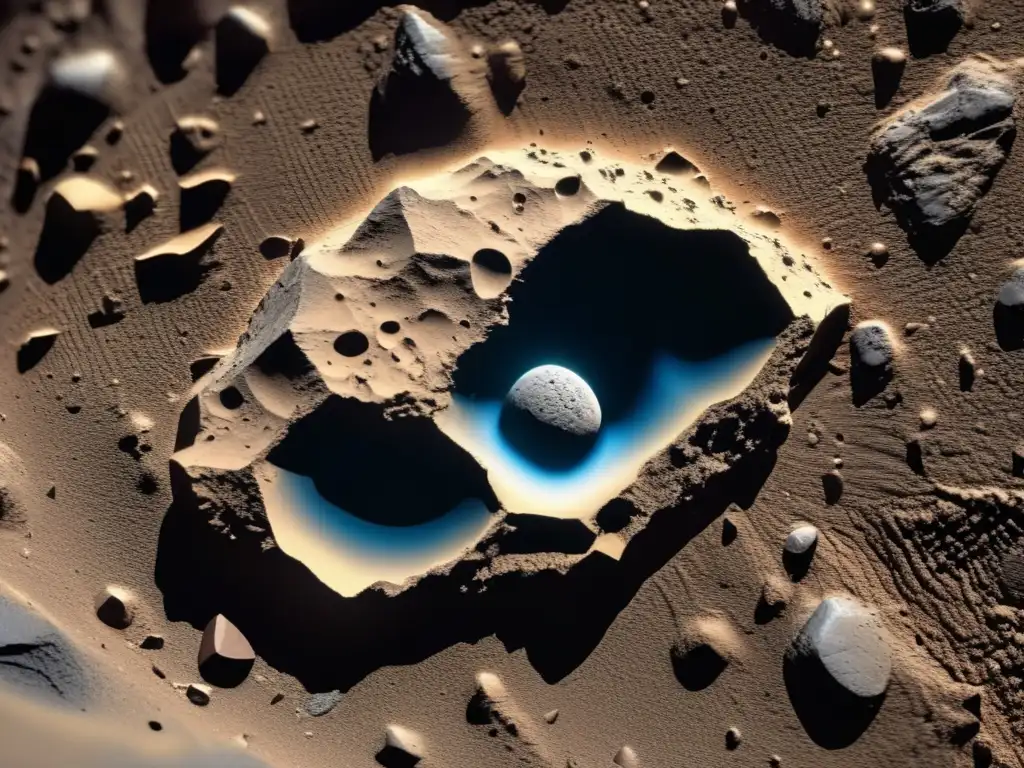
-
What caused the extinction of the dinosaurs?
The most accepted theory is that an asteroid impact caused the extinction of the dinosaurs.
-
Where is the Chicxulub crater located?
The Chicxulub crater is located in Mexico's Yucatan Peninsula.
-
How did the asteroid impact affect the Earth's climate?
The impact caused a change in the Earth's climate, resulting in a colder and drier environment.
-
Did all life on Earth become extinct after the asteroid impact?
No, some creatures, such as crocodiles and snakes, survived the extinction event and went on to flourish in the new environment.
-
Is it possible to mine asteroids?
Yes, with advances in technology, it may become possible to mine asteroids and utilize their resources.
Conclusion
The asteroid impact that led to the extinction of the dinosaurs was a cataclysmic event that forever changed the course of Earth's history. The study of this event has provided valuable insights into the effects of asteroid impacts on Earth and has helped scientists develop plans to mitigate future threats. While the possibility of asteroid impacts remains, so does the potential for them to be used as a resource. Understanding this balance is essential in managing our relationship with these celestial bodies.
We hope this article has provided you with a better understanding of the role of asteroids in these cosmic catastrophes. Please share your thoughts and perspectives in the comments section below. Thank you for reading Asteroid Realm, and we invite you to continue exploring and learning about these fascinating objects in space.
Additional Resources
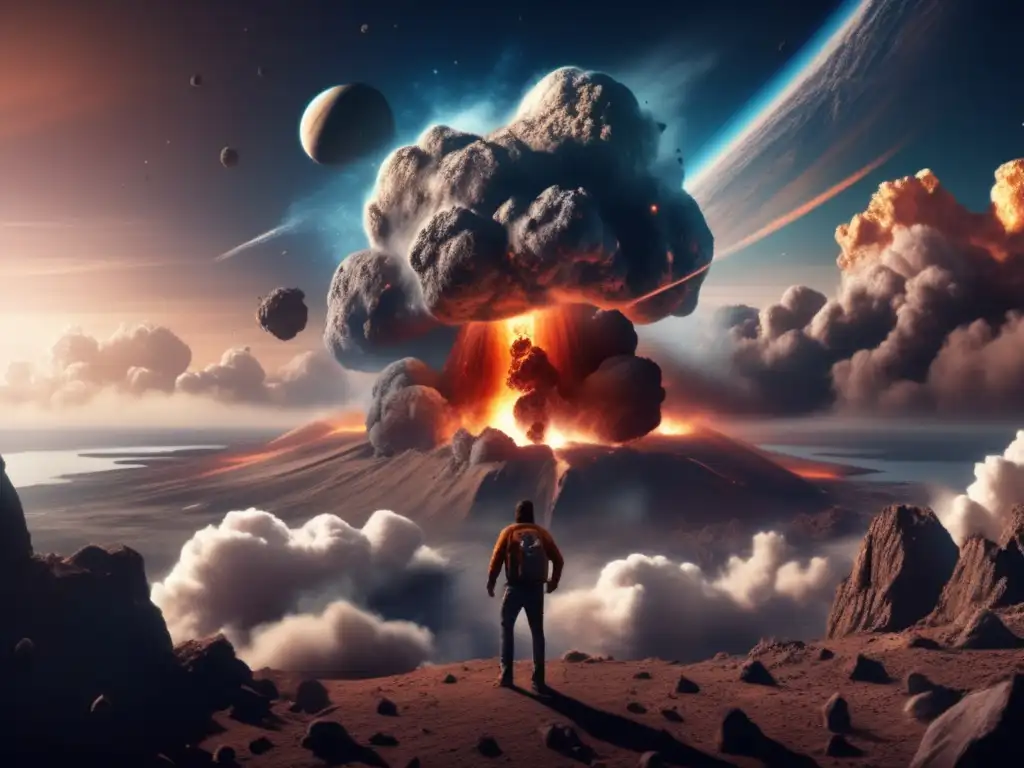
For further information on asteroids and their significance, we recommend the following resources:
 When Asteroids Strike: The End Of Dinosaurs
When Asteroids Strike: The End Of Dinosaurs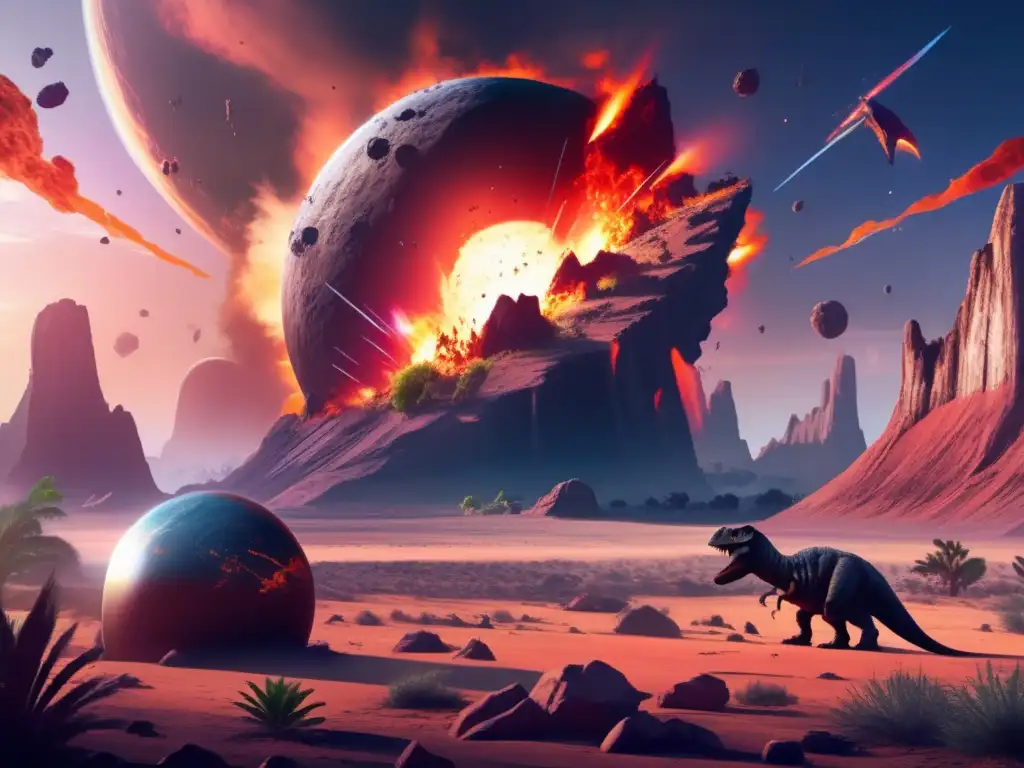 Decoding The Dinosaur Apocalypse: The Asteroid Impact
Decoding The Dinosaur Apocalypse: The Asteroid Impact Armageddon From The Skies: The Asteroid Impact Theory
Armageddon From The Skies: The Asteroid Impact TheoryIf you want to discover more articles similar to Cosmic Catastrophe: The Asteroid's Role In Dinosaur Extinction, you can visit the Asteroids and Dinosaurs category.
Leave a Reply

Articulos relacionados: